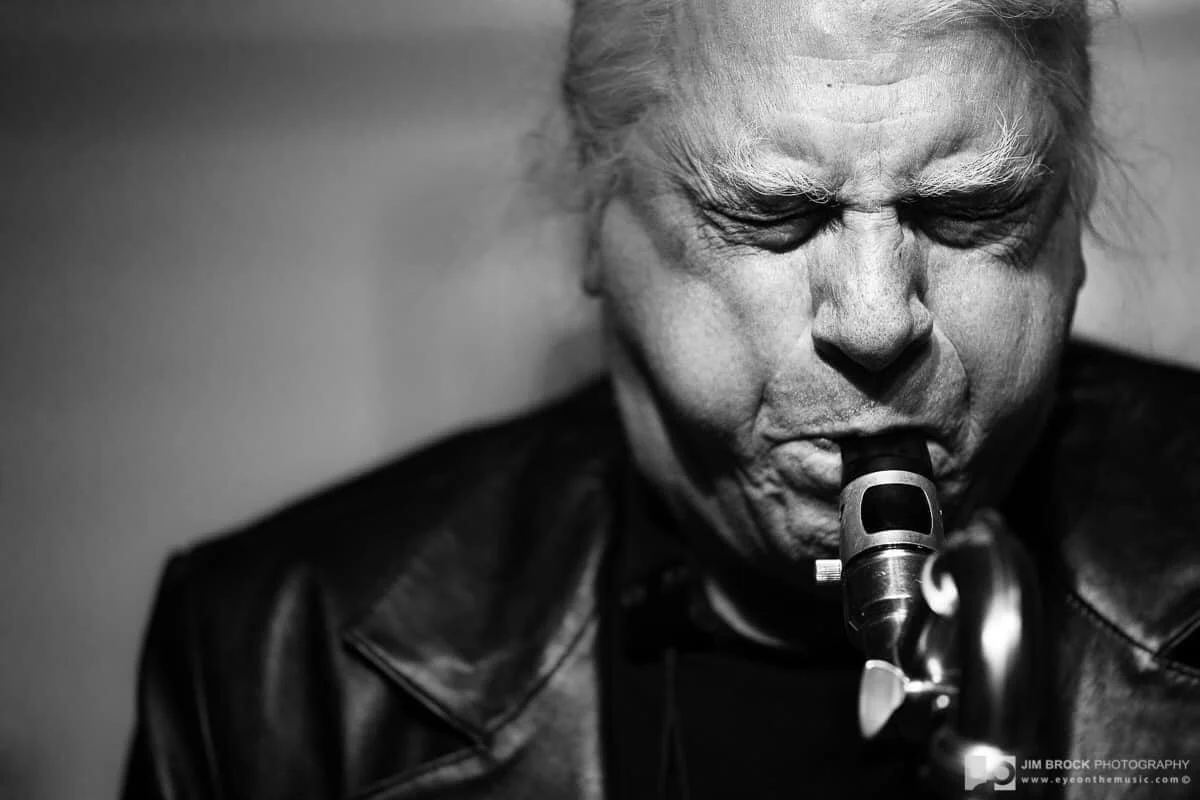VINNY GOLIA'S sonic syncretisms
Photo by Jim Brock
Vinny Golia is an American composer and multi-instrumentalist specializing in woodwind instruments. He performs in contemporary music, jazz, free jazz, and free improvisation.
His project Even to This Day... comprises three movements. The first, Movement One: Inoculations, was released in 2021 for an orchestra and 21 improvisers. The second, Movement Two: Syncretism: For the Draw…, is for guitarists, electronic musicians, brass, woodwinds, percussionists, voices, and orchestra. Comprised of 110 tracks, the idea behind Movement Two came from a collaboration with Cypriot guitarist Alkis Nicholadis.
In this interview, Vinny discusses his initial aims with Even to This Day…, how the project evolved during Covid, and why he believes music and all types of art can help to transmit positive forces into the world.
What were the initial aims/goals of the three-movement project before Covid? How did the pandemic and lockdown alter the creative focus/trajectory of the project, taking it in directions it may not have gone otherwise?
Before Covid, this project was a series of compositions for improvising with a large number of musicians in the Bay Area, organized by my friend Rent Romus for my birthday. After Covid, when musicians were hard-pressed to play together, this project became a lifeline to players who I wanted to be playing with but couldn’t. Without Covid, this series of compositions would not exist in its present form.
Once I knew I could continue writing for an orchestra and could actually hear the music realized, I continued to write and am still working on Movement Three as we speak. For myself, I have always had a painter’s habit of doing a number of compositions quickly, like sketches, and moving on to the next series of sketches, progressing to a series of paintings, then a showing.
Being confined at home forced me into a different kind of creative headspace, with more of a pop sensibility in examining and reexamining, looking for the perfect orchestrations, or melodies, or rhythms. I still kept that sketch mentality for the improvisations, though. I wasn’t going to do multiple takes, in fact, most of my improvs are first takes. Do I wish I did more? Sometimes, but I like the idea of playing and moving on when it comes to improvisation. Composition is a whole other story to me.
How do you believe artistic works can help to contribute to general hope or positivity in music in the midst of so much present-day negativity? Any specific thinkers or artists who have inspired these ideas/approaches for him?
As far as “positivity in the music”, all the great masters have that in their music, I am influenced by their many examples. As for specifics, I like to keep that to myself, I feel sharing that part of things dilutes the energy.
You’ve said that Movement Two: Syncretism became a “larger environment for listening; the duration seems to be for reflection and function.” How did that come to be? Why did you want to explore these compositional areas more deeply?
I have been fortunate to play with a wide variety of eclectic musicians throughout my quest in music. After listening to what Alkis did with the pieces I wrote for him, I felt I should write more and expand Movement Two to include some of the performers that I do not use as often as I would like. Some of them have moved away, some are ill, some I just don’t have the settings compositionally to set off their talents in my smaller groups, so by expanding part two I solved that problem. Each of these performers do things in a very individual style.
What was the selection process of the electronic musicians and your creative working relationships with them? You’ve written about how Movement Two's “amalgam of soloists” helps to “create a positive force within ourselves and transmit that force outward.” Can you elaborate on what that means to you?
I pick musicians I want to be involved with because they are like-minded, questing, and unquenchable in their pursuit of their goals. All the great artists I admire in every area see their work as a contribution to what we call society. As practicing artists, we are part of this tradition, with our music, it falls on us to contribute to that lineage. We practice being grand receptors, channeling energy, and vibration to show what we see and experience.
I have no doubt that music changes things, I want that change to better our world, whether that is accomplished or not is not up to me, I’m part of the quest. Music on this larger scale has more power, more impact and the longer we can hear it the more intensity it will have. I’m not saying I can accomplish all these grand things but when musicians of like minds band together many things are possible, so I have to try. People seeing and hearing others doing what they love to do is uplifting. I want to share what I hear and see with the audience; the orchestra is my vehicle for communication.
Movement Two: Syncretism: For the Draw…is available now.
Check out all of our other coverage of innovative musicians and bands







